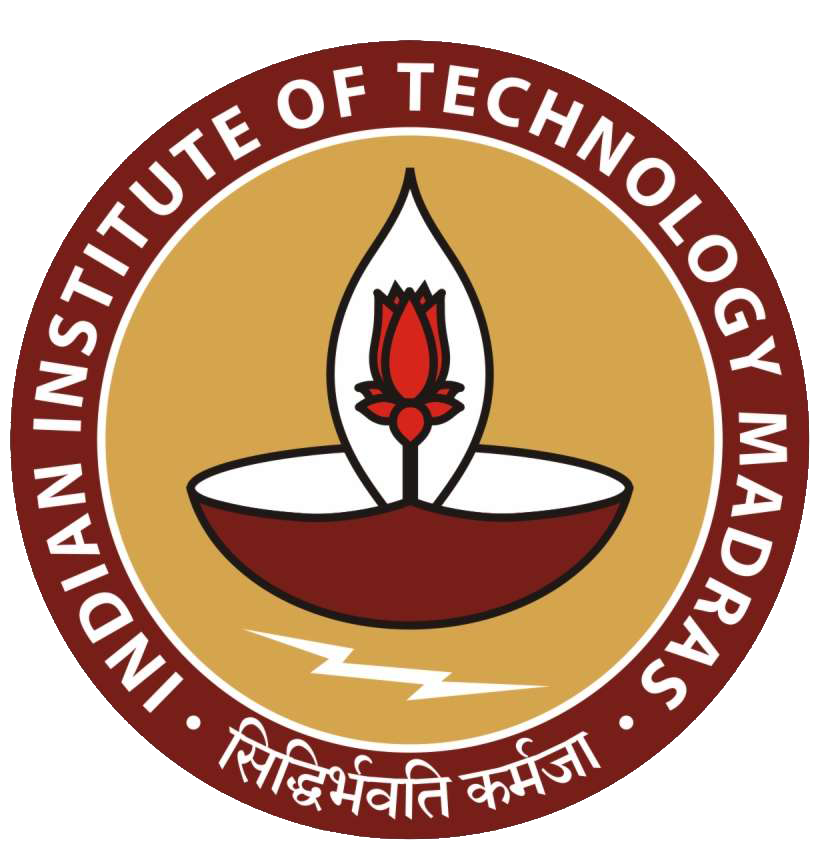▌ Coastal Engineeering
India has a long coastline of about 7500 km. The livelihood of the community near the coastal zone is an important aspect, particularly the role played by coastal engineers in understanding the coastal morphology and adopting a suitable design. The design, construction and analysis of ports and harbours, breakwaters, training walls, seawater intake structures come under coastal engineering. We at IIT Madras, scientifically deal with each of them through theoretical, computational and physical model studies. IIT Madras hosts India’s largest testing facilities with seven hydrodynamic test facilities under one roof. In coastal model’s scale effects plays a significant role, hence one of the Asia’s Largest Shallow Wave Basin (Sedimentation and Erosion basin) and one of the world’s largest wave flume is coming up at our Discovery Campus, IIT Madras. Presently, our alumni’s are leading some of the challenging coastal engineering projects not only in India but also abroad such as Dubai, the USA, UK and so on. So, our course programmes are as per industry requirements. Further, the curriculum is developed with the intent to add radical thinking.
Wave hydrodynamics are taught as basic courses for the students to understand the various aspects involved in the formation, transformation and breaking of a surface gravity wave. This is very essential for any ocean engineer and naval architect. Further, a thorough knowledge of the design and construction of port and harbour structures with practical case studies enables them to find good opportunities. The course content focuses on the design and analysis of various types of coastal structures and their behaviours. Apart from hard measures, coastal protection using soft measures with a focus on climate change will be dealt with in the courses. The courses will give an insight into the tranquillity requirement of harbour planning and computational models that can be employed. Reasons for beach erosion and accretion, and sediment transportation is crucial in managing the coastline. Wave energy extraction concepts are discussed to instil the booming research involved. Tsunamis and their impact on the coastline are discussed to enable the vitality of coastal engineering. Students are exposed to various mathematical formulations of the computational tool to understand them. Our faculties have developed in-house computational models for coastal engineering aspects such as Mild slope equations, Boussinesq Models, Shallow water equation models, Shoreline evaluation, Sediment transport models. These aspects are commonly used in consultancy projects internationally. A large number of courses at the UG and PG level curriculum demonstrate the mathematical and experimental knowledge to inculcate interest in the students.
In research front, we focus on the state of the art in the field, to name a few, such as climate adaptions, Ecosystem-based design solutions (artificial reefs, vegetations), Tsunami-like flow structure interactions, integrating renewable energy solutions with coastal structures leading to the blue economy, scale effects in models, wave impacts on a new type of coastal structures, overtopping, state of the art hybrid numerical model developments. We actively participate in and host international conferences in this field.

